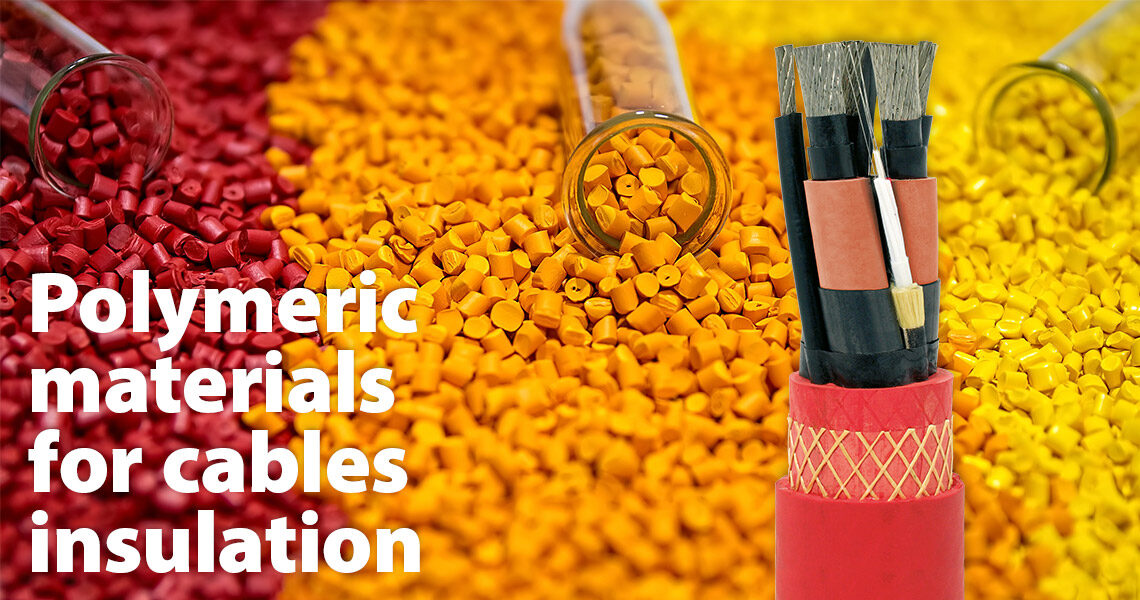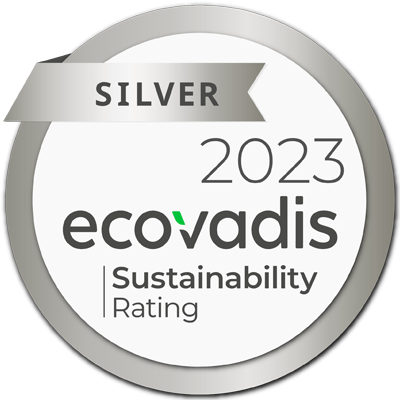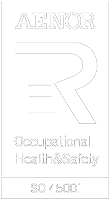There are many different polymeric materials used today to manufacture the vast array of electric cables available in the marketplace. It is, therefore, important that users have a basic understanding of the various polymeric materials that are used, to assist them in the selection of the correct cable to suit their particular application.
Almost all the materials used to make cables are compounds, not pure polymers, and they are unique to each manufacturer. As such, their characteristics and performance will not be exactly the same or give exactly the same results in tests.
Important: This guide is simply intended to provide the generic characteristics of the most popular materials; it is not intended to be used for writing detailed contracts or specifications
Types of Polymeric Materials
The most common types of insulation and sheath used are referred to as Thermoplastic; there are, however, a significant number of cables with insulations and sheaths referred to as Thermosetting.
List of Polymeric materials for cables used:
- Chlorinated Polyethylene – CPE
- Chloro Sulphonated Polyethylene – CSP
- Crossed Linked Polyethylene – XLPE
- Ethylene Propylene Rubber – EPR and EPDM
- Fire performance Silicone Rubber
- General Purpose Silicone Rubber
- LSZH Cross linked
- LSZH Thermoplastic
- Nylon
- Polyethylene
- Polyethylene – PE
- Polyvinyl Chloride – PVC Insulation
- Polyvinyl Chloride (PVC) Sheath
- PVC Nitrile
Thermoplastic
A thermoplastic polymer is one that becomes pliable or mouldable at a certain elevated temperature and solidifies upon cooling. Most thermoplastics have a relatively high molecular weight. The polymer chains associate by intermolecular forces, which weaken rapidly with increased temperature, yielding a viscous liquid. In this state, thermoplastics may be reshaped and are typically used to produce parts by various polymer processing techniques such as injection moulding, compression moulding and extrusion. Different thermoplastics require different temperatures to soften to the point where they will flow and become capable of being extruded or moulded. Most thermoplastics require extrusion and moulding temperatures in the region of 110oC to 180oC. Once cooled, the material reverts to its normal tough character hence the term thermoplastic.
Typical thermoplastic polymers used in cable compounds include PVC, Polyethylene, Nylon and Polyurethane.
Thermoplastics differ from thermosetting polymers, which form irreversible chemical bonds during the curing process. Thermosets do not melt when heated but can decompose and do not reform upon cooling.
Thermosetting:
Thermosetting compounds are characterised by their retention of physical properties over a wide operating temperature range. The polymers used include EPR, Silicone, PCP and CSP. They are all subject to further processing after extrusion, to promote the cross-linking required for them to attain the enhanced properties exhibited by the finished product.
These materials are also known as elastomeric compounds, or more simply known as rubbers. The polymers used do not have the same strong bond between adjacent polymer chains and thus tend to be softer at room temperature and will tend to flow when subjected to prolonged pressure. To provide resistance to deformation and to enhance chemical and physical properties, these polymers are cross-linked.
Because their properties are permanently fixed following the cross-linking process, these materials are termed thermosets.
Cross-linking, also known as vulcanisation or curing, is a chemical reaction in which adjacent polymer chains are chemically linked together, usually by the application of heat, although irradiation is sometimes used for cables for specialised applications.
The combination of being softer and the fact that after cross-linking, the polymer chains are locked together allows these materials to show elastic properties. When stretched, the polymer chains try to slide over one another, but the cross-links prevent this.
When the tension is released, the polymer returns to its original shape, which gives it elastic or elastomeric characteristics.
In general, the term Rubber and Elastomer can be considered to have the same meaning.
Compound or Polymer
Regardless of being thermoplastic or thermosetting, the most common materials used in the manufacture of cables are compounds, not pure polymers. A typical compound will contain
- Polymer
- Fillers – added to improve electrical or physical properties
- Plasticiser – added to enhance flexibility, particularly at cold temperatures
- Antioxidants – added to prevent premature heat ageing
- Antiozonants – added to prevent attack by ozone
- UV stabilisers – added to prevent degradation by UV
- Colour – pigments added to obtain the desired colour
And in the case of elastomeric and thermosetting compounds
Curing agents – added to promote cross-linking
Accelerators – added to speed up the cross-linking process
The level of additives incorporated into a compound can vary greatly depending on the polymer and the application. For some elastomeric sheathing compounds, the polymer content may be as low as 30%, whereas, for MV and HV XLPE insulation, the polymer content could be as high as 97%.
Although in common with almost all cable makers, Tratos purchase the specialised insulations that they use to produce their HV and EHV cables, Tratos have developed and compound in-house all of the other insulation and sheathing compounds that they use in the manufacture of their cables, this allows them to optimise the properties required for the particular application or market.
Insulation or sheath
Regardless of the type of polymer, when applied to cables, materials fall into two broad categories of application – insulations and sheaths:
The purpose of insulation
The purpose of insulation is simply to:
- separate the conductors from each other and from earth (ground in the USA)
- be completely effective in preventing short circuits from developing in the cable.
In considering the function of insulation, you must remember that the conductors in the cable are at different voltages; the voltages are different from one conductor to the next, and different from the general mass of earth.
Insulation of a cable
Definition: Insulating materials incorporated in a cable with the specific function of withstanding voltage. (IEV 461-02-01)
The purpose of a sheath
Definition: The purpose of a sheath is simply to protect the components within the cable from harmful external influences.
Examples of external influences include:
- Temperature
- Presence of rain, steam or accumulation of water
- Presence of corrosive, chemical or polluting substances
- Mechanical stresses (such as through holes or sharp edges in metal work)
- Fauna (such as rodents)
- Flora (such as mould)
- Radiation (such as sunlight)
Sheath (Jacket of a cable)
Definition: A non-metallic uniform and continuous layer is applied over an assembly of cores or components to ensure the protection of the cable from external influences. (IEV 461-05-03 Modified)
Information pages
Tratos have produced a series of information pages containing the basic characteristics of the most popular materials available, including:
- (Cross-linked elastomeric insulating compounds – Ethylene polyethylene rubber (EPR), High Modulus Ethylene polyethylene rubber HEPR), Silicone rubber (SiR), Cross-linked Polyethylene (XLPE).
- (Cross-linked elastomeric sheathing compounds – Chloroprene rubber (CR or PCP), Chloroprene rubber (CM or CSP), Chlorinated polyethylene (CPE), Ethyl Vinyl Acetate (EVA). Polyurethane Rubber (PUR)
- Thermoplastic insulation compounds – Polyethylene (Pe), Polyvinyl Chloride (PVC),
- Thermoplastic sheathing compounds – Polyvinyl Chloride (PVC), Medium density polyethylene (MDPE), High-density polyethylene (HDPE), Nylon, and Polykynar.
Finally, remember, if in doubt, ask!
Tratos employ engineers and material technologists with years of experience and industry knowledge, who will be only too pleased to answer your questions regarding our cables and the materials that we use to make them










